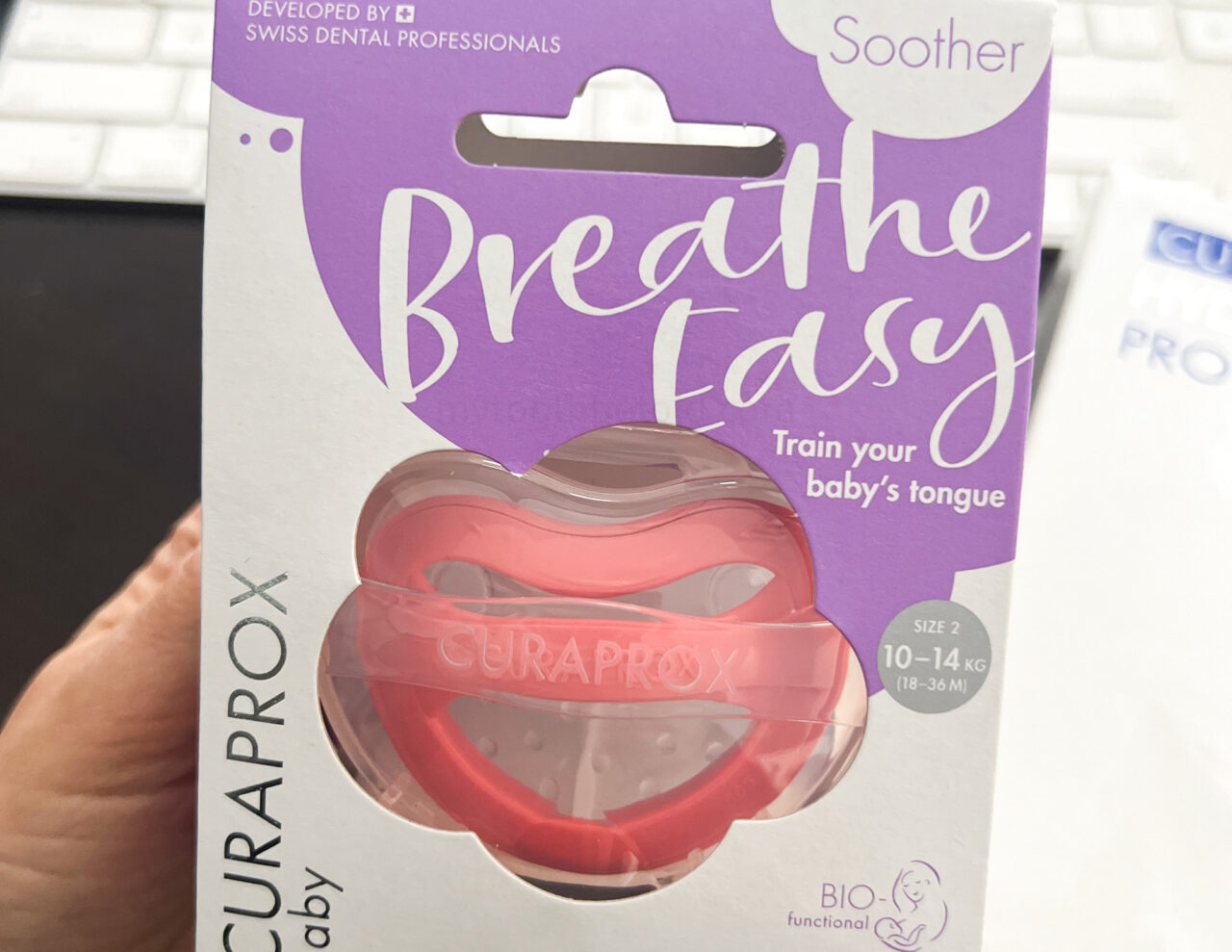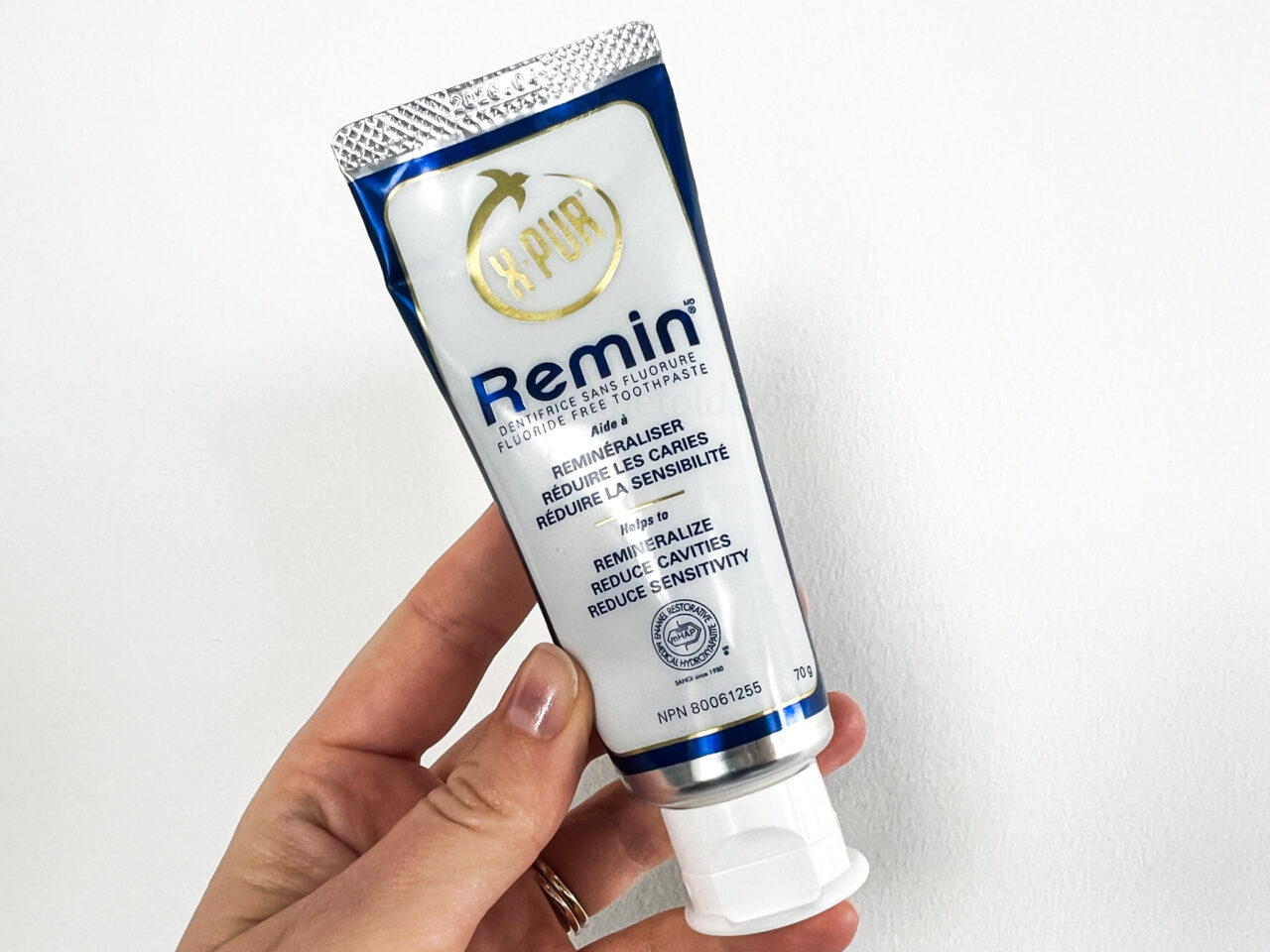
Welcome to your trusted guide for baby and infant dental care!
As a dental hygienist, I truly understand the importance of cultivating good dental habits at a young age. It can be overwhelming for parents/guardians to navigate this aspect of their child’s health, but rest assured that starting early will have a positive impact that lasts a lifetime.
Below are the resources I recommend to parents-to-be, new parents, and anyone who asks!
I will go through an age timeline on this page, beginning with newborns and ending with toddlers.
Newborn/infant; Teeth and gum wipes
Oral care should begin very shortly after the baby is born, even when the baby does not have teeth yet.
Getting into a habit and creating a healthy balance of oral flora are essential when the teeth erupt.
I always recommend that my patients who have young infants take a clean, soft washcloth and wipe it inside their baby’s mouth after feeding.
These wipes (Amazon link) contain only water and xylitol. They have a neutral flavour, and the xylitol will encourage a balanced oral flora.
And when the teeth do begin to erupt, the xylitol helps prevent cavities on those little itty-bitty teeth (as soon as a tooth breaks through the gum tissue, it is susceptible to decay!).
I recommend these types of wipes to all expectant mothers and those with young infants.
Pro Tip: refrigerate them for 30 minutes before use to give a soothing effect on teething babies!
Xylitol is a natural sugar alcohol that cannot be metabolized by cavity-causing bacteria in the mouth.
As a result, it reduces the number of bacteria that produce acid, which erodes tooth structure, leading to tooth decay.
Teethers 2-3 months plus
When babies start teething it can be quite painful. Pressure from biting down on a teether can be very soothing to their sore gums. Not only do teethers help teething symptoms, but they also stimulate saliva and can help clear the bacteria on erupting teeth.
Not all teethers are made equal. The teethers that I recommend to my patients need to have the following;
- They need to be made of food-grade material that is safe
- Have a wide enough shape that it prevents choking
- Can be sterilized and washed
- Have elements that are similar to a toothbrush to desensitize when you begin using a toothbrush
- It can be refrigerated to offer a cooling effect
One example of a teether with all these elements is Dr. Brown’s Flexees Gray Bunny (Amazon link). It can even be put on the top rack of the dishwasher to sterilize it.
Pro Tip: You don’t want to lick the pacifier before giving it to your child. This can transfer harmful bacteria and viruses from you to the child, such as herpes simplex 1, which causes cold sores, and the bacteria that cause tooth decay.
Tooth decay is caused by a family of bacteria called Streptococcus mutans. We are not born with this bacteria, which is usually passed from mother/father to baby.
Food teethers
Instead of putting food in the teethers, you can put an ice cube in it to help soothe your baby’s gums, plus a little hydration. Or if you want to use it with food, you can always put frozen fruit and vegetables in it!
I recently purchased these for my new niece (Amazon link). They even have a mould for freezing breast milk or formula to add a cooling/soothing option.
They even have a mould for freezing breast milk or formula to add a cooling/soothing option.

Soother/Pacifier/dummy
An item with many names, the soother (what most people here in Canada call it), has one of the biggest impacts on oral health and oral development.
If the materials are too hard, the shape is not right, or the fit is not right, it can cause issues with jaw development, palate formation/development, and how the teeth erupt in the mouth.
The jaw and palate bones are growing rapidly. They can be influenced by pressure and suction (which is why we try to break thumb-sucking habits), and the palate can become more narrow, making breathing more difficult and leading to sleep apnea and mouth breathing.
Mouth breathing can lead to a higher incidence of tooth decay, gum disease, and increased sickness.
So, starting young with a soother that is made with all of this in mind and that will help proper development is essential.
I approve of soothers that have a flat nipple to allow the tongue to rest properly, are all one piece (to prevent breaking and choking hazards), and are sized for the proper age. They should also have a thin neck so the lips can stay as closed as possible.
This soother (Amazon link) ticks all of those boxes, and so does the Curapox soother. You can learn more about the science behind this soother here: https://en.boutique.oralscience.com/collections/babies/products/curaprox-curababy-soother?variant=43854119141674 .
.
Toothbrushes
As soon as teeth break the surface of the gums, they are susceptible to tooth decay and gum inflammation.
Using an extra soft toothbrush, brush their teeth twice daily. You don’t even have to use any toothpaste. I recommend just using water.
Often, people think the toothpaste is doing the work, but the mechanical motion of the toothbrush removes the bacteria from the tooth and gum surface.
You should use a toothbrush with many ultra-soft bristles. This will make brushing more comfortable for the baby, who will accept it more.
I recommend the Curaprox baby brush (Amazon link) ; I use this brush to brush my cat’s teeth! It has 4260 bristles (the average toothbrush has 500-800 bristles) to cover more surface area and provide superior toothbrushing.
; I use this brush to brush my cat’s teeth! It has 4260 bristles (the average toothbrush has 500-800 bristles) to cover more surface area and provide superior toothbrushing.
Toothpaste

No toothpaste is necessary for infants. However, as they age and toothpaste can begin to be used, I recommend the X-PUR Cari0 toothpaste.
You can read more about it here: https://en.boutique.oralscience.com/products/x-pur-cario-toothpaste. It is difficult to find in the United States, but if you can find it it is worth it.
The high concentration of medical-grade xylitol helps to shift the oral flora to be healthy and not contain as many cavity-causing bacteria.
I recommend that cavity-prone people brush with the Cari0 for at least 3 months, 2 times a day, to shift the oral flora, then switch to a remineralizing toothpaste.
A great option that does not contain fluoride is the Remin toothpaste. It contains rod-shaped nano-hydroxyapatite particles that are absorbed by the tooth to remineralize and protect the teeth. Hydroxyapatite naturally makes up 97 % of enamel, so nano-hydroxyapatite particles can easily penetrate the tooth surface to deposit calcium and phosphate ions. To learn more about it you can go to this website .
.
It is the only non-fluoride toothpaste approved by Health Canada to remineralize teeth. It is also the gold standard in Japan over fluoride (and has been for many years).
So many children suffer from tooth decay, and their lives are heavily impacted by dental pain. Their eating habits, focus in school, and confidence can be extremely impacted.
Ensuring that the toothpaste you use has scientific evidence to support its effectiveness is crucial. The product should be examined by a third party to verify that the right proportions and amounts of the active components are present, and it should also be screened for heavy metals.
Many toothpastes use a clay-like base, which can absorb the heavy metals from the area from which they originated. I think we should all be asking more questions about the products we are using and putting in our mouths and the mouths of our young ones.
If you have any questions or concerns, please do not hesitate to contact me. Have a wonderful day! 🙂

